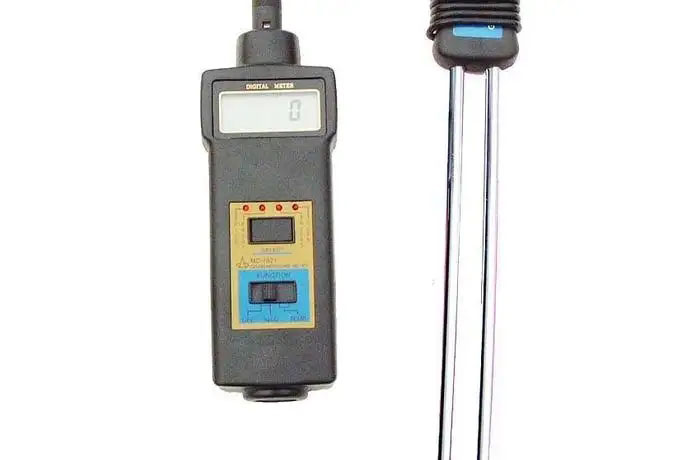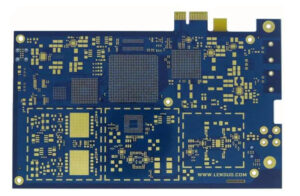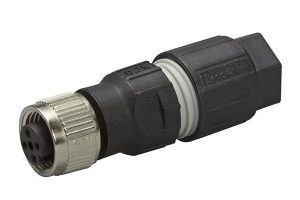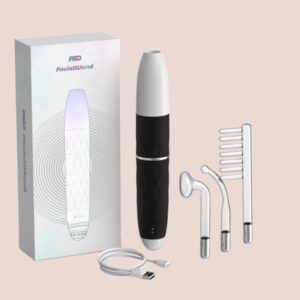
Measurement was an important part of life in ancient China. Whether it was for building structures, calculating taxes, or trading goods, the accurate measurement of length, weight, and volume was essential. In this blog post, we will explore the tools and techniques that ancient Chinese people used to measure things, as well as the units of measurement that they employed.
Measurement Tools Used in Ancient China
The ancient Chinese people used a variety of tools to measure things. Some of the most commonly used measurement tools were:
Balance Scales
Balance scales were used to measure weight. They consisted of two plates or pans suspended from a beam that was balanced on a central pivot. Objects of unknown weight could be placed on one plate, and weights of known values could be added to the other until the beam was level. This would allow the user to determine the weight of the object being measured.
Weighing Stones
Weighing stones were used to measure weight in ancient China. These stones were shaped like a crescent moon and were made of polished jade or other types of stone. They were marked with weight units and were used on balance scales to measure the weight of objects.
Measuring Rods
Measuring rods were used to measure length in ancient China. They were made of wood, bamboo, or metal and were marked with length units. The most common unit of length was the chi (尺), which was roughly equivalent to a foot.
Clocks and Sundials
Ancient Chinese people also used clocks and sundials to measure time. Water clocks were one of the earliest types of clocks used in ancient China. They consisted of a container filled with water that flowed through a small hole at a constant rate. As the water level dropped, the time could be measured based on the position of the water level. Sundials were also used to measure time during the day. They worked by casting a shadow on a marked surface, with the position of the shadow indicating the time of day.
Units of Measurement in Ancient China
The ancient Chinese people had a well-developed system of units of measurement. These units were used to measure length, weight, and volume.
Length Measurements
The most common unit of length in ancient China was the chi (尺), which was roughly equivalent to a foot. Other units of length included the zhang (丈), which was about 10 chi, and the li (里), which was about 360 zhang.
Weight Measurements
The most common unit of weight in ancient China was the liang (两), which was roughly equivalent to a modern-day ounce. Other units of weight included the jin (斤), which was about 16 liang, and the dan (石), which was about 120 jin.
Volume Measurements
The most common unit of volume in ancient China was the dou (斗), which was roughly equivalent to a modern-day peck. Other units of volume included the ge (合), which was about 1/10th of a dou, and the shi (石), which was about 10 dou.
Standardization of Measurement in Ancient China
In ancient China, standardization of measurement was important for ensuring accuracy and consistency. The units of measurement were standardized, and measurement standards were created to ensure that measurements were accurate and consistent across different regions.
Applications of Measurement in Ancient China
Measurement was used in many aspects of life in ancient China, including:
Architecture and Construction
Measurement was essential for building structures in ancient China. Accurate measurement of length, width, and height was needed to ensure that buildings were stable and safe. Measurement was also used in the construction of bridges, roads, and other infrastructure.
Agriculture
Measurement was important in agriculture for calculating crop yields and for determining the amount of taxes owed. Farmers used measuring tools to measure the size of their fields, and they used units of measurement to calculate the amount of seed, fertilizer, and water needed to grow their crops.
Astronomy and Timekeeping
Measurement was essential for ancient Chinese astronomers and timekeepers. They used tools such as clocks and sundials to measure time, and they used their knowledge of astronomy to develop calendars and to predict celestial events.
Medicine and Pharmacology
Measurement was also important in ancient Chinese medicine and pharmacology. Practitioners of traditional Chinese medicine used measuring tools to measure out the correct amount of herbs and other substances for their patients. Accurate measurement was essential for ensuring the effectiveness and safety of these treatments.
Conclusion
In conclusion, measurement was an essential part of life in ancient China. The accurate measurement of length, weight, and volume was necessary for building structures, calculating taxes, and trading goods. Ancient Chinese people used a variety of tools and units of measurement to measure things, and standardization was important for ensuring accuracy and consistency. The continuation of ancient Chinese measurement practices in modern times demonstrates the enduring importance of this ancient tradition.




